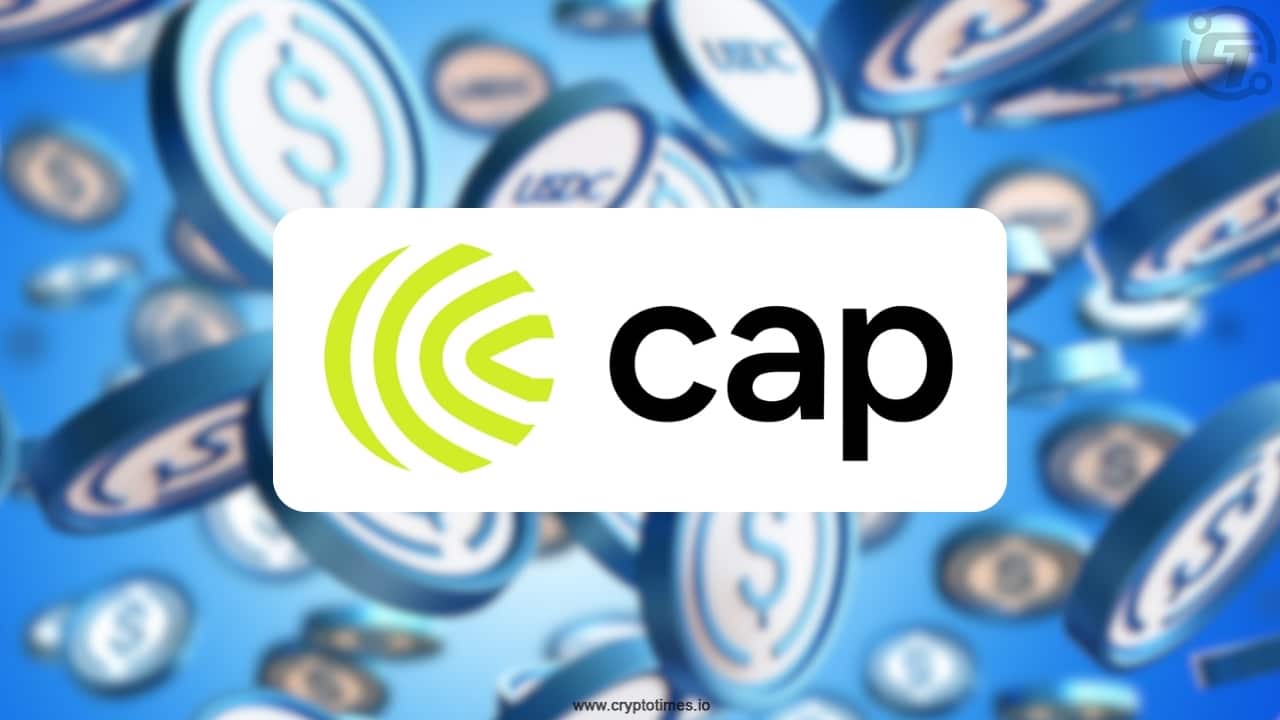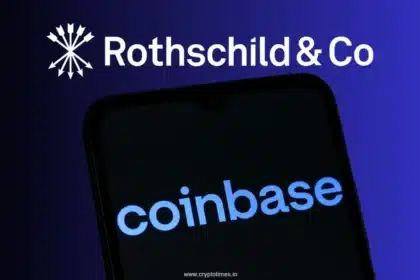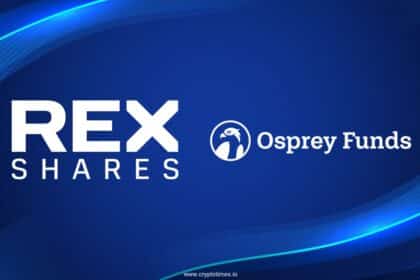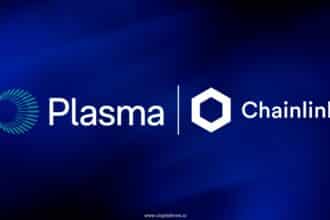Cap, a stablecoin protocol built on Ethereum, has surpassed $200 million in total value locked (TVL). According to the project’s update, $183 million comes from USDC collateral supporting its cUSD stablecoin, while roughly $30 million stems from SymbioticFi delegations by partners including Hyperithm, MEV Capital, Renzo Protocol, Concrete, and Re7 Labs.
Unlike conventional stablecoins, Cap introduces a model where yield generation is outsourced to whitelisted operators such as banks, high-frequency trading firms, and RWA protocols.
The framework rests on three actors: minters, operators, and restakers. Minters hold cUSD pegged 1:1 with USDC/USDT, operators access delegated liquidity to execute strategies, and restakers provide security to ensure the system remains fully covered.
Through this structure, yield is distributed back to stablecoin holders and restakers, while operators retain their performance margins. Cap’s smart contracts enforce penalties and rewards, aiming to balance returns with systemic protection.
DeFi growth echoes TVL breakout moments
Cap’s $200 million TVL milestone comes days after decentralized perpetuals exchange Aster reported surpassing $1 billion in TVL, alongside 330,000 new users after launching its $ASTER token on BNB Chain.
Aster also logged $345 million in trading volume within 24 hours of its debut, highlighting how fast liquidity can consolidate around protocols promising capital efficiency and market access.
While Cap is carving out its niche in stablecoin yield generation, Aster’s rapid climb illustrates a parallel surge of interest in decentralized trading platforms. Both projects reflect a wider narrative in the Decentralized Finance (DeFi): protocols that combine clear collateral mechanics with scalable user incentives are drawing substantial inflows despite market volatility.
Together, both underscore the diversification of DeFi adoption across different verticals. Cap leans on stablecoin infrastructure and outsourced yield strategies, while Aster focuses on derivatives and trading activity at scale. Their simultaneous TVL milestones suggest that investor demand is not confined to a single category but spans from stable yields to speculative trading.
Also Read: Solana Hits $241 as TVL and Institutional Interest Surges












